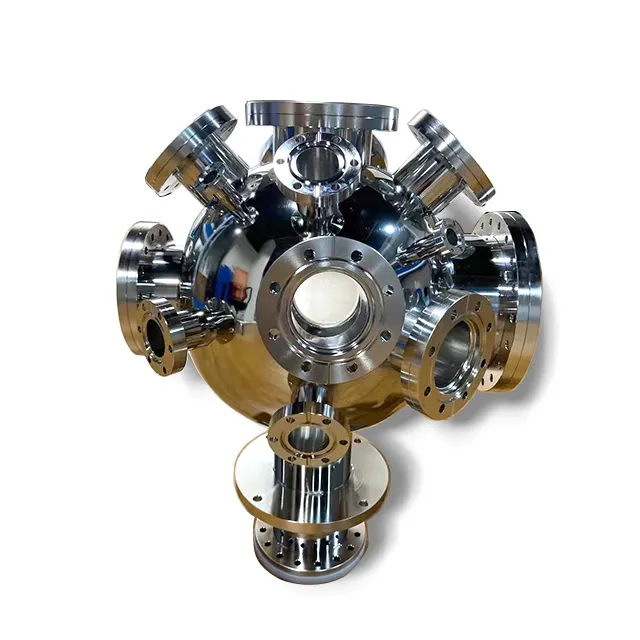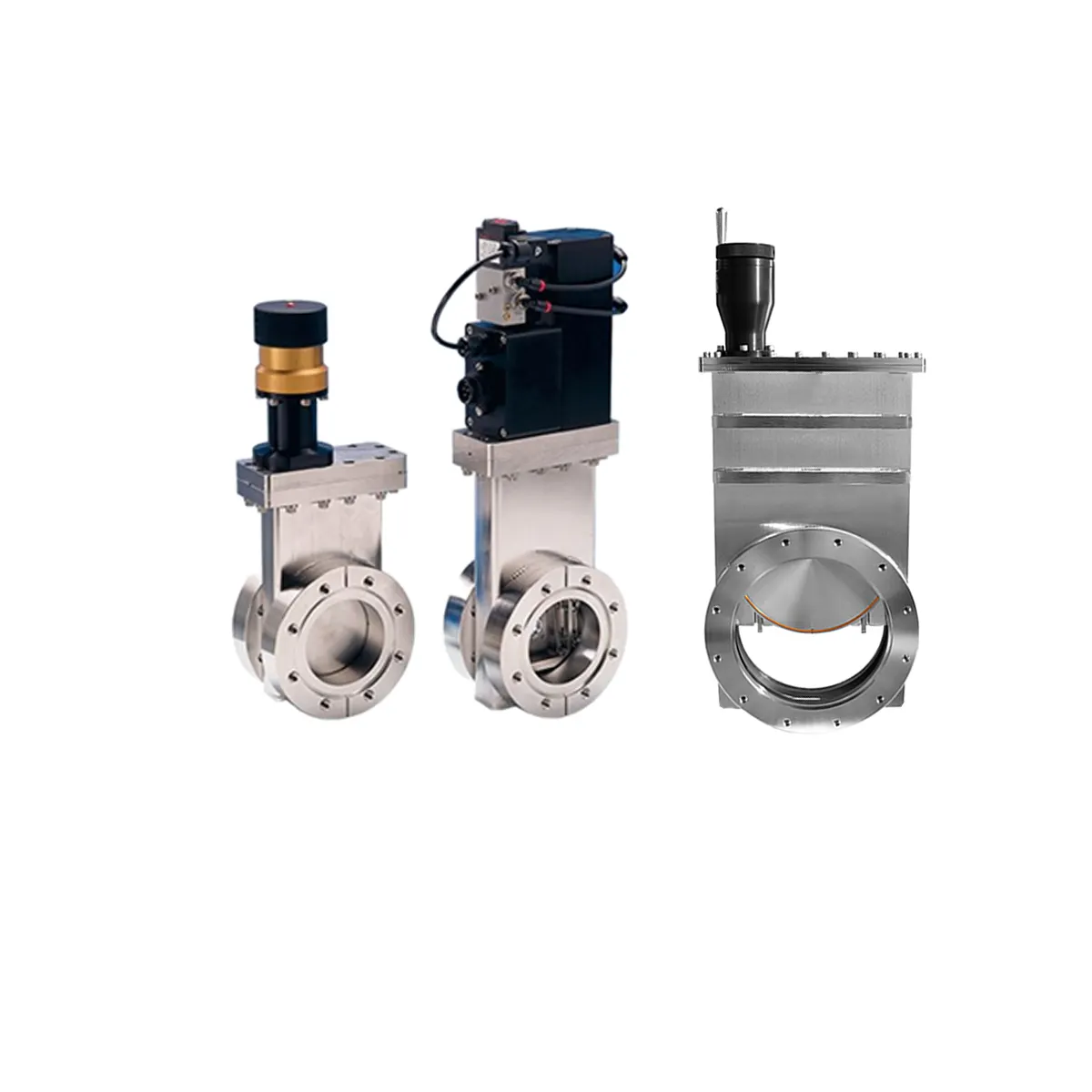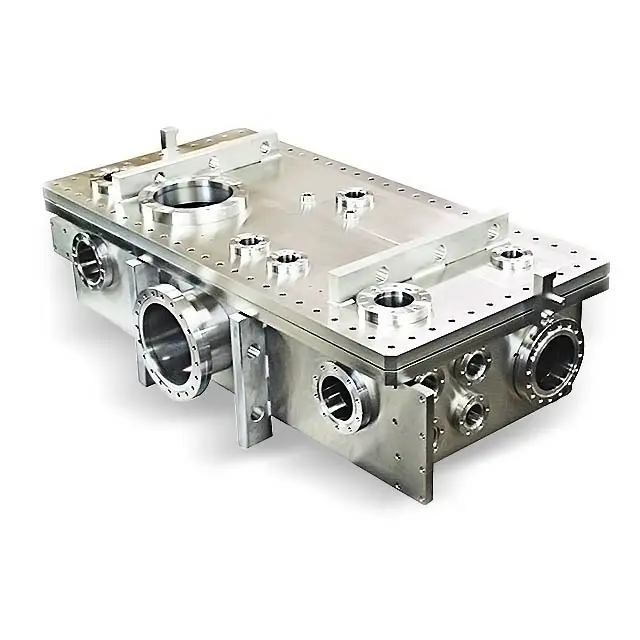vacuum components
Vacuum components represent essential elements in modern industrial and scientific applications, serving as the building blocks of sophisticated vacuum systems. These precision-engineered parts encompass a wide range of elements, including vacuum chambers, pumps, valves, gauges, and sealing mechanisms, all working in harmony to create and maintain controlled vacuum environments. These components are designed with meticulous attention to detail, utilizing advanced materials and manufacturing processes to ensure optimal performance and longevity. The technology behind these components incorporates state-of-the-art features such as digital control interfaces, smart monitoring systems, and automated operation capabilities. In practical applications, vacuum components find extensive use in semiconductor manufacturing, scientific research facilities, aerospace industries, and medical equipment production. Their ability to create and maintain precise vacuum conditions is crucial for processes such as thin film deposition, electron microscopy, and space simulation testing. Modern vacuum components are engineered to meet stringent industry standards, featuring corrosion-resistant materials, precision-machined surfaces, and sophisticated sealing technologies that ensure reliable performance under demanding conditions. The integration of these components into larger systems enables the creation of highly controlled environments essential for advanced manufacturing and research applications.


